Our favourite places to stay on this sleepy Cebu island.
10 Ilocos Tourist Spots to Discover Its Rich Culture and History

The rich and storied history of Ilocos Norte and Ilocos Sur is intangible to Philippine history. After all, many Ilocos tourist spots are pristinely preserved. Learn how this mighty province helped shape the country’s history by walking through time in these sites.
Also read: Where to Stay in Ilocos: 12 Best Hotels, Resorts & Vacation Rentals
Ilocos Norte tourist spots for a history lesson
1. Paoay Church

No one goes through Ilocos tourist spots without visiting the ever-gorgeous Paoay Church. Formerly known as Saint Augustine Church, it is easily one of the most popular churches in the Philippines. Paoay Church stands out because it exhibits the beauty of Earthquake Baroque architecture. Its iconic buttresses behind the structure aren’t just for show since they serve as reinforcements during earthquakes. For this reason, the UNESCO World Heritage Site classifies Paoay Church as one of the most significant baroque churches of the Philippines.
2. Malacañang of the North
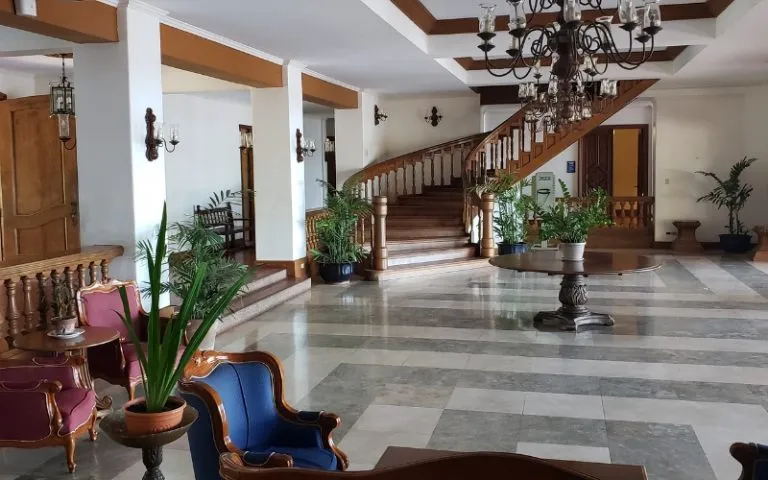
A two-storey mansion with a sweeping view of Paoay Lake, the Malacañang of the North is a lavish residence previously owned by late dictator Ferdinand E. Marcos. Even after his death, Malacañang of the North remained the Marcos family’s property.
Today, the mansion is popularly known as a legacy museum to the Marcos family. Inside the museum are exhibits that show the contributions of the former presidential family to the country.
3. Juan Luna Shrine
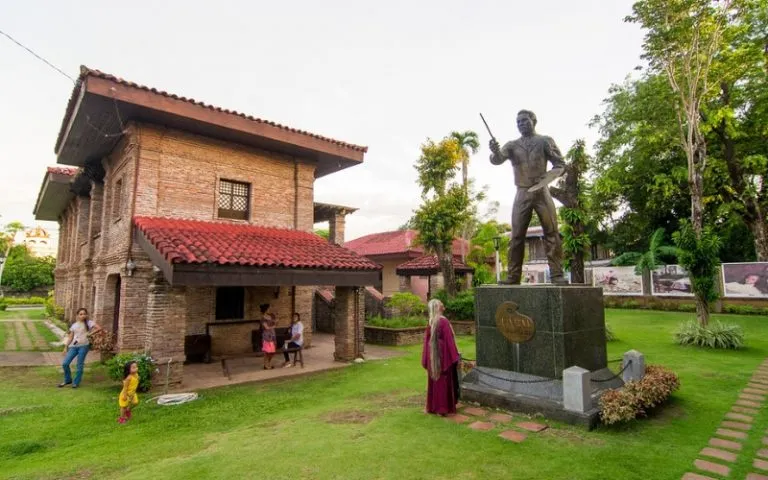
Legendary Filipino painter Juan Luna produced so many paintings in his life that were considered some of the best in the entire world. His masterpiece, the Spoliarium, is not just a technical showcase of his talents; it also encapsulates a story and an expression with painstaking detail. The Juan Luna Shrine in Badoc offers a glimpse into Luna’s genius through the sketches and works he left behind.
What was once Luna’s residence is now essentially a mini-museum enshrining artefacts relevant to the artist’s life. Clearly inspired by Spanish colonial houses, the shrine has exhibits detailing his relationships with the Philippines’ national heroes, such as his brother Antonio Luna and his good friend Dr. Jose Rizal. The museum also contains exhibits detailing his involvement in the resistance against the Spaniards and the Americans. It is a must-visit for people who want to explore Philippine history more deeply.
Also read: 15 Must-Visit Museums in the Philippines to Celebrate Pinoy Heritage and History
4. La Paz Sand Dunes

Anyone would be fascinated to hear how La Paz Sand Dunes came to be. After all, it’s not every day that a desert shows up in one of the most verdant regions of the Philippines. The truth is that this desert is part of the much larger Ilocos Sand Dunes. Years of erosion shaped the coastal desert landscape; now, the National Committee on Geological Sciences (NCGS) recognises the formation recognised as one of the National Geological Monuments in the Philippines.
The sand dunes are one of the most popular Ilocos tourist spots, and it’s really easy to see why. Driving through its rugged terrain with a 4×4 or an all-terrain vehicle pumps up anyone’s adrenaline. Camping is also another popular activity when on the sand dunes since the stars are much clearer in the night desert sky. The sand dunes beauty has also been immortalised in fairly iconic films, from Ishmael Bernal’s Himala to George Miller’s Mad Max series.
5. Cape Bojeador Lighthouse
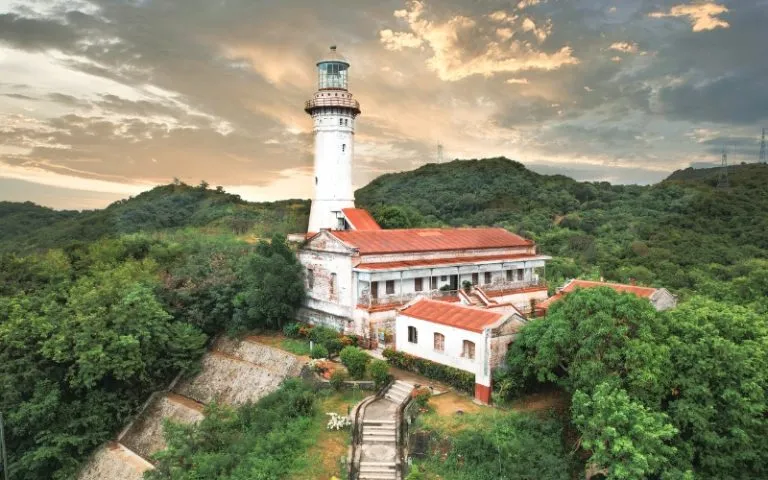
Despite being over 100 years old, Cape Bojeador Lighthouse still functions today as a beacon to maritime trade and travel in the north. From the Spanish galleons in 1892 to the modern bulk carriers and barges today, the lighthouse guides vessels away from Burgos’ rocky and treacherous coasts. Apart from its inherent functionality, the lighthouse serves as an excellent preservation of Spanish colonial architecture. Not only that — it also stands high on Vigia de Nagpartian Hill, offering an unbridled panoramic view of the northern seas.
The best Ilocos Sur tourist spots
6. Calle Crisologo
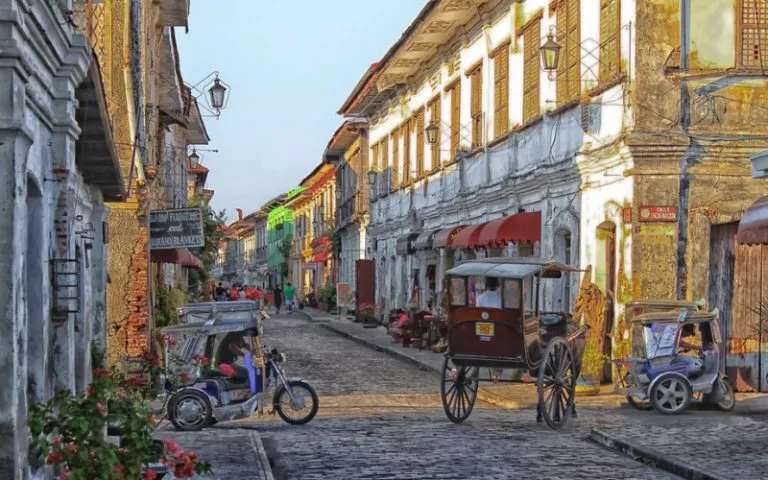
A great part of Vigan’s heritage village is its major and iconic artery, Calle Crisologo. While Vigan is popularly known as a Spanish settlement, Chinese merchants established their presence in the region even before the Spaniards arrived. The discerning eye will find a few shops and structures influenced by Chinese architecture among the concentration of Spanish colonial buildings in the heritage village.
UNESCO recognises the preservation of Calle Crisologo and its buildings as a World Heritage Site. It’s definitely hard to miss once passing Vigan, so why not drop by?
Also read: Inabel, Buri, Longganisa: 10 Ilocos Products You Shouldn’t Miss Out On
7. Bantay Church
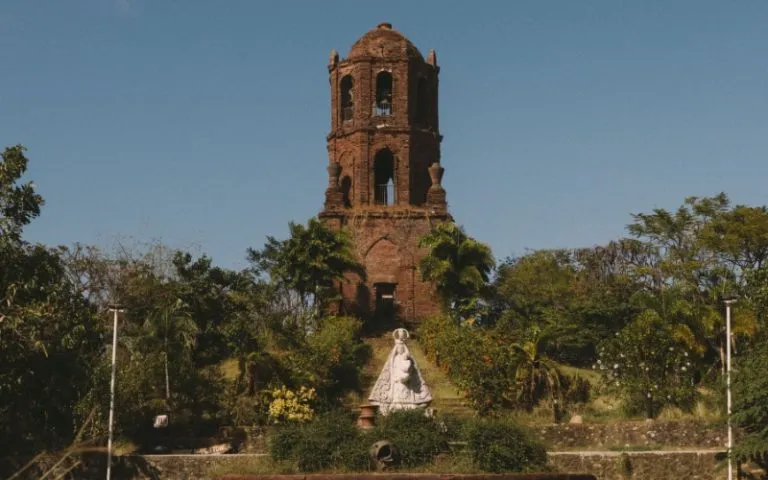
One of the most interesting Ilocos tourist spots people visit is Bantay Church, which also shares Paoay Church’s name as Saint Augustine Church. True to Bantay Church’s name is its function as an outpost during the Spanish colonial period. Back then, its belfry offered a strategic view of the town’s perimeter, where defences could spot potential invaders coming from the sea. Ironically, for a religious bulwark to the people of Bantay, the church was a site for numerous atrocities and conflicts during the Spanish occupation.
Also read: 10 Stunning Churches in the Philippines Every Pinoy Must Visit
8. Tirad Pass National Shrine
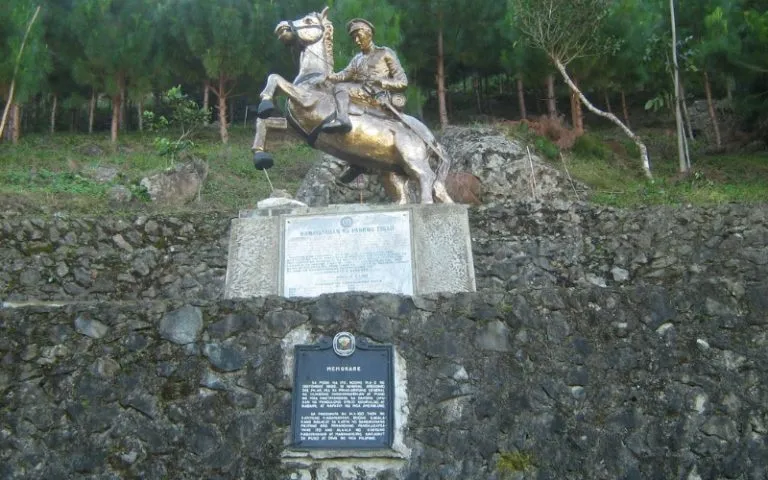
The Battle of Tirad Pass is a tragic event in Philippine military history. General Gregorio del Pilar secured Emilio Aguinaldo’s escape by standing his ground against the Americans at the cost of his life. Tirad Pass National Shrine, located between the Ilocos Sur-Abra border, isn’t a popular tourist spot because of encumbering roads. But, it is a rewarding trip since the museum is an honourable tribute to del Pilar’s valour and selflessness.
Also read: Philippine National Parks & Nature Getaways for Weekend Vacationers
9. Pagburnayan
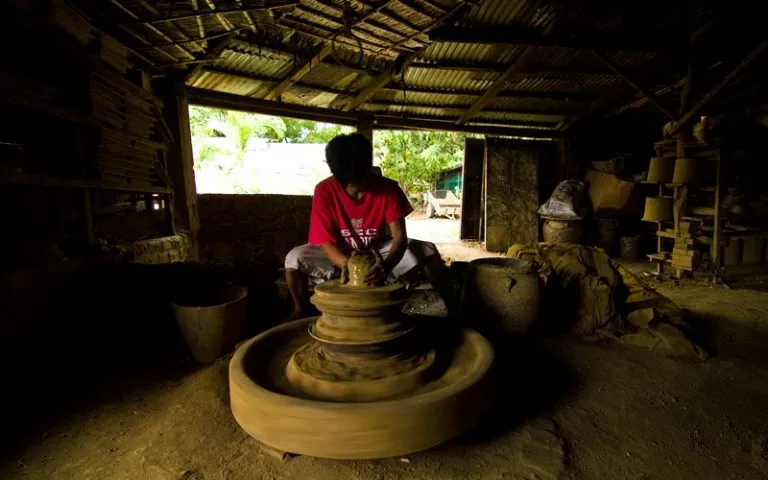
One of the earliest pieces of evidence of pre-colonial Philippine culture is the tradition of making burnay, or clay jars. Burnay is an excellent container to preserve liquids like water and vinegar, making them invaluable barter items to neighbouring tribes and countries. Pagburnayan in Vigan keeps the burnay-crafting heritage alive by selling their own works, whether they’re for preservation or decoration. Visitors of the village can participate in workshops so they can make their own burnays!
10. Quirino Bridge
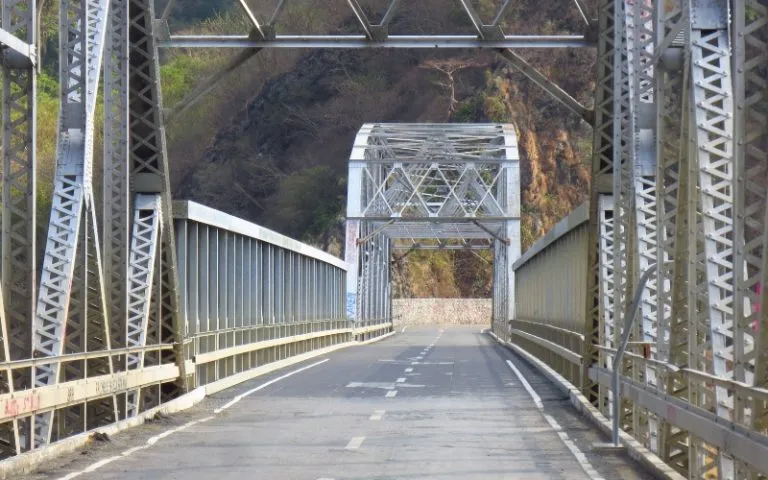
There has been an influx of suspension bridges around the Philippines, but one of its earliest examples is the Quirino Bridge. This camelback suspension bridge was a product of the efforts of Chinese, Japanese, and Filipino engineering. Named after former president Elpidio Quirino, the bridge crosses over the Abra River to the town of Santa in Abra and Bantay in Ilocos Sur.
One of its most notable landmarks is the Gabriela-Diego Silang Memorial Park on the view deck of the bridge. The park features a statue depicting the lovers sharing an intimate moment as they overlook the river. Legend has it that the Silangs swore their love for each other on a watchtower on this site.
Also read: Clarin Bridge: The Latest Eye-Catching Landmark in Bohol
The region of Ilocos playsa pivotal role in Philippine history. Visiting these Ilocos tourist sites offers tourists an endless trove of knowledge of Philippine history — and more importantly, clues to what a country’s future holds.
Featured image credit: Alaric Yanos via Canva Pro
Published at
About Author
Aldous Vince Cabildo
Subscribe our Newsletter
Get our weekly tips and travel news!
Recommended Articles
10 Bantayan Island Resorts, Hotels, and Rentals for Your Tropical Escape 14 Best Credit Cards for Travel in the Philippines The only plastic we need for travel.
10 Best Mountain Cafes in the Philippines for Your Peak Coffee Experience Coffee date on the mountains, anyone?
10 Fairytale Castles In Europe Filipinos Need To See! Permission to feel like royalty even for a day?!
10 Family Outing Ideas in Metro Manila Under ₱500 Looking for a weekend bonding with the family under ₱500? Head to these places, pronto!
Latest Articles
Dingalan Travel Guide: Nature Spots to Discover Now Underrated coastal gem in Aurora
What to Eat in Bicol: Iconic Dishes and Treats, and Unique Pasalubong You’ll Love Spice up your foodie adventure with iconic Bicol dishes and must-try pasalubong!
Top Travel Trends in the Philippines for 2025 New spots, tips, and trends
New UK Adventure Park to Visit in Devon and Cornwall Fun countryside escape near London
Ultimate Camarines Norte Travel Guide: Waterfalls, Beaches, and More From surfing to secret waterfalls, Camarines Norte is your next escape!

